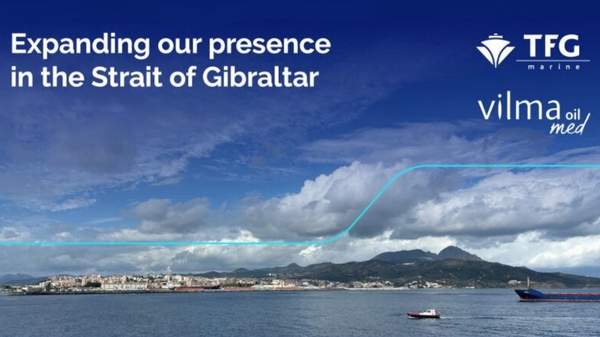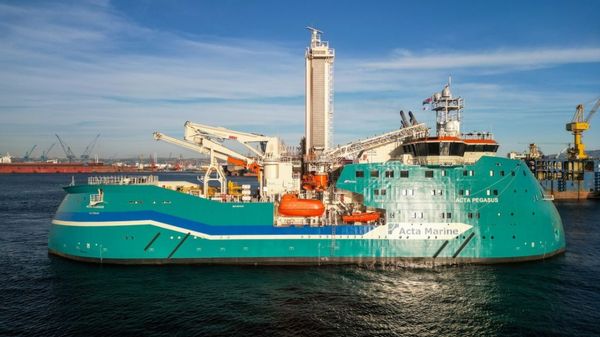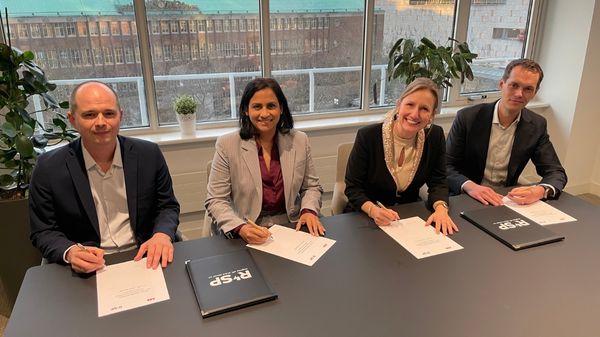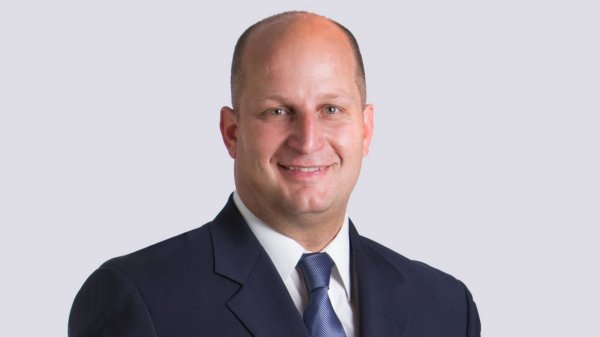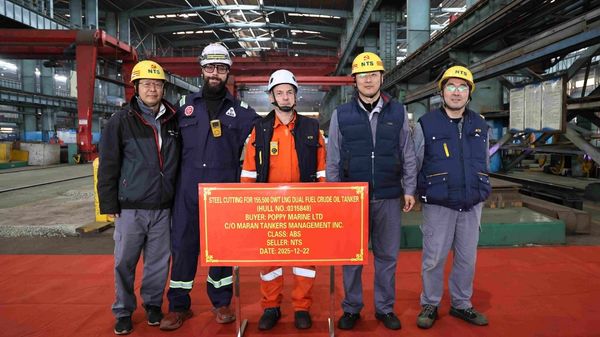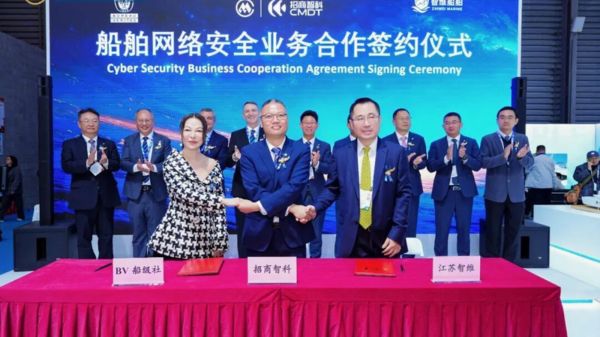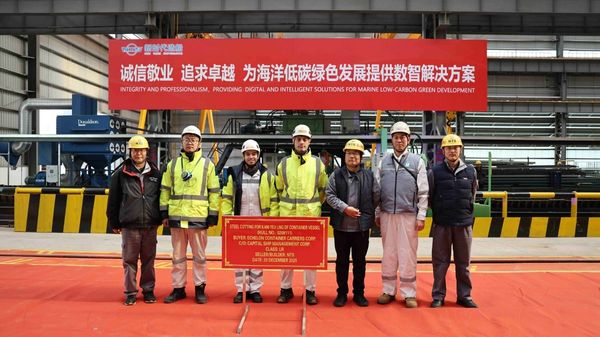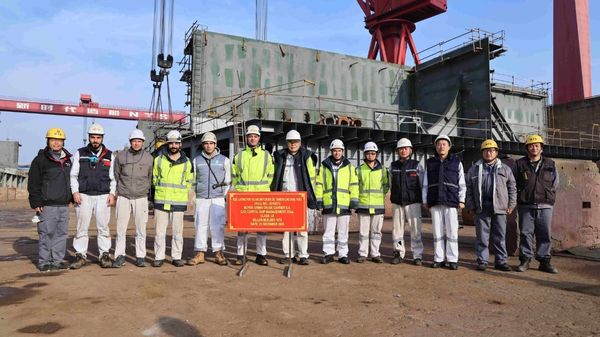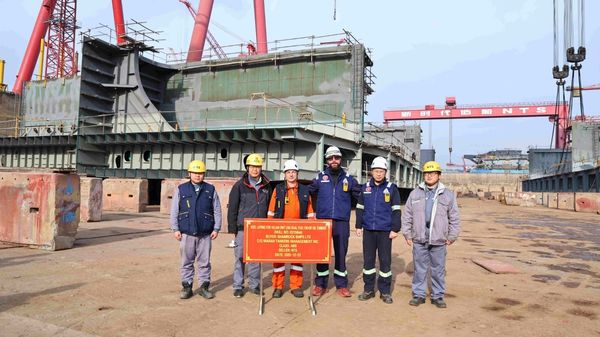Carnival Corporation & plc. reports that fuel costs decreased by US$54 million, or 9.0 percent, during the three months ended November 30, 2013 compared to last year.
Bunker fuel expenses amounted to US$549 million between September and November, having been $603 million during the corresponding period in 2012.
In the 12-month period ended November 30, 2013, fuel costs declined by US$173 million, or 7.3 percent, to US$2,208 million, down from US$2,381 million in the 12 months ended November 30, 2012.
Fuel prices fell by 6.3 percent to $671 per metric tonne in the fourth quarter of 2013, down from $716 per metric tonne during the same three-month period in 2012. The figure was also better than the company's September guidance of $687 per metric tonne.
Please find below Carnival's fuel price and fuel consumption forecast for 2014.
2014 Fuel Price and Fuel Consumption Forecast
First quarter 2014:
Fuel price per metric tonne: $643
Fuel consumption (metric tonnes): 800,000
Full Year 2014
Fuel price per metric tonne: $650
Fuel consumption (metric tonnes): 3,225,000
In its overall results for the fourth quarter of 2013, Carnival posted a non-GAAP net income of $35 million, or $0.04 diluted EPS, for the fourth quarter of 2013 compared to a non-GAAP net income for the fourth quarter of 2012 of $111 million, or $0.14 per share. U.S. GAAP net income, which included net unrealized gains on fuel derivatives of $31 million, was $66 million, or $0.08 diluted EPS. For the fourth quarter of 2012, U.S. GAAP net income was $93 million, or $0.12 diluted EPS.
Revenues for the fourth quarter of 2013 were $3.7 billion compared to $3.6 billion for the prior year.
Non-GAAP net income for the full year 2013 was $1.2 billion, or $1.58 diluted EPS, compared to non-GAAP net income of $1.5 billion, or $1.94 diluted EPS, for the prior year. Full year 2013 U.S. GAAP net income was $1.1 billion, or $1.39 diluted EPS compared to $1.3 billion, or $1.67 per share for the prior year.
Revenues for the full year 2013 were $15.5 billion compared to $15.4 billion for the prior year.
Commenting on the full year 2013 results, President and Chief Executive Officer,
Arnold Donald, said: "Even in a challenging year, our company continued to produce strong cash from operations approaching $3 billion, funding our capital commitments and returning value to shareholders through regular dividend distributions of $775 million and share repurchases of $100 million."
On the issue of fuel consumption and emissions reduction technology, Carnival said: "Additionally, the company increased efficiency fleetwide, achieving an additional five percent reduction in fuel consumption per unit this year, bringing the cumulative reduction to 23 percent since 2005.
"The company also furthered its environmental efforts through the successful testing of new 'scrubber' technology and plans to install exhaust-gas cleaning scrubbers throughout the fleet. Over the next few years, the company will further refine both the scrubber design and installation process. In addition to exceeding stricter air emission standards, this technology will help mitigate higher fuel
costs."
Full Year 2014 Outlook
Based on current booking trends, the company forecasts full year 2014 net revenue yields, on a constant dollar basis, to be down slightly compared to the prior year (in line with the prior year on a current dollar basis). First quarter revenue yields (constant dollars) are expected to decline 3 to 4 percent compared to the previous year and improve during the remainder of 2014 based on a recovery in ticket prices.
The company expects net cruise costs excluding fuel per ALBD for full year 2014 to be slightly higher than in 2013 on a constant dollar basis. Taking the above factors into consideration, the company forecasts full year 2014 non-GAAP diluted earnings per share to be in the range of $1.40 to $1.80, compared to 2013 non-GAAP diluted earnings of $1.58 per share.
Donald stated, "With over 100 ships and more than 10 million guests we have a scale advantage that cannot be replicated in this industry. We are aggressively seeking opportunities to leverage that scale to drive top line improvement and gain cost efficiencies. To support that effort, we have realigned our leadership team and processes to achieve greater collaboration and cooperation. We have heightened our focus on the guest experience and further exceeding guest expectations. As 2014 progresses, we will commence a number of strategic initiatives designed to fuel our earnings power, drive cash flow and improve return on invested capital over time."
First Quarter 2014 Outlook
First quarter constant dollar net revenue yields are expected to decrease 3 to 4 percent compared to the previous year. Net cruise costs excluding fuel per ALBD for the first quarter are expected to be 4.5 to 5.5 percent higher on a constant dollar basis compared to 2013, mostly due to higher advertising costs.
Based on the above factors, the company expects non-GAAP diluted losses for the first quarter 2014 to be in the range of $(0.07) to $(0.11) per share versus 2013 non-GAAP earnings of $0.09 per share.

